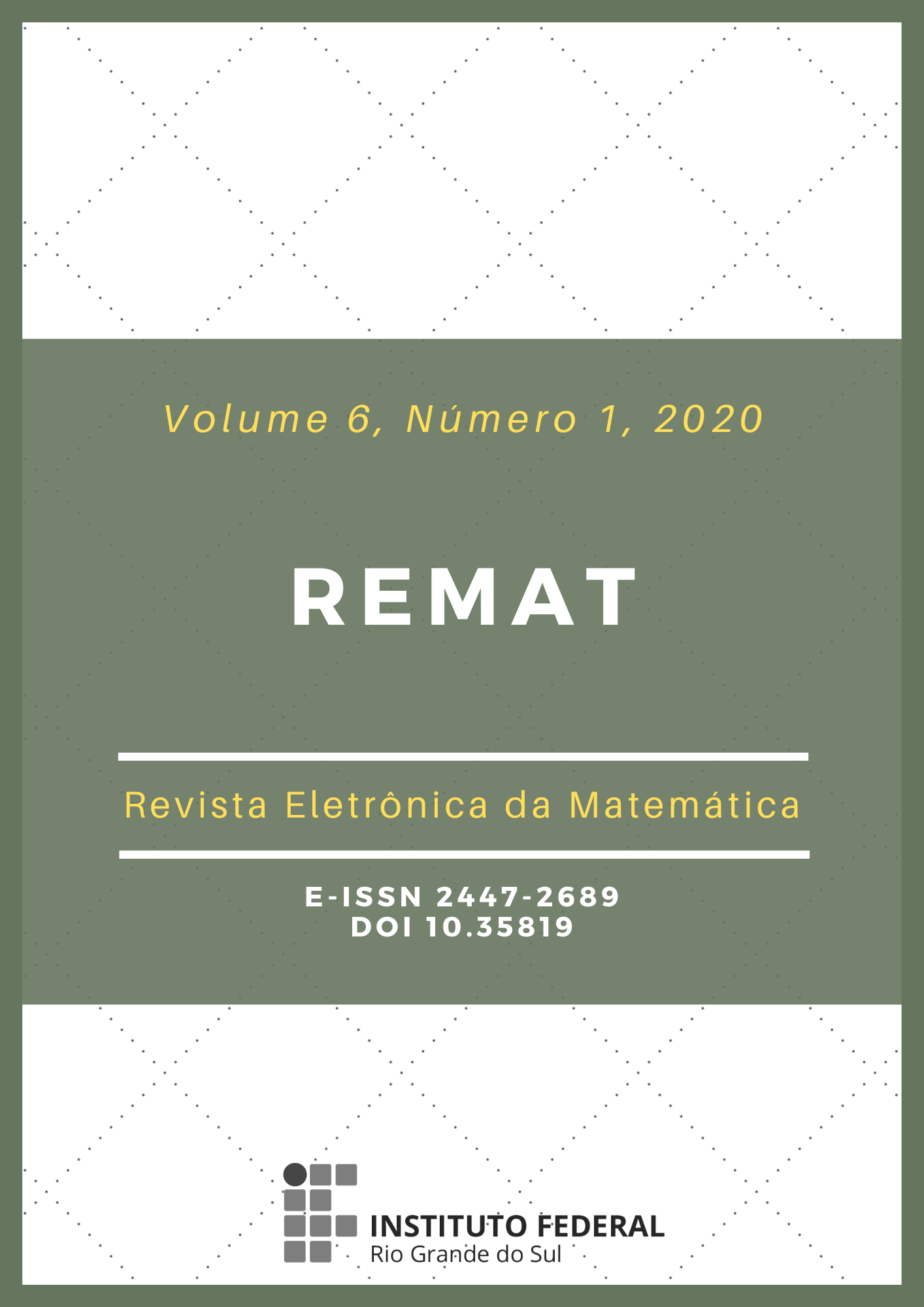Some planetary orbits velocities
DOI:
https://doi.org/10.35819/remat2020v6i1id3512Keywords:
Orbital Velocity, Aphelion, Perihelion, Elliptical EquationAbstract
In the present work are presented data collected in the scientific literature regarding the aphelion and the perihelion of some celestial bodies and based on the first law of Kepler are determined the elliptic equations that describe their trajectories around the Sun. Using Newton's binomial and basic concepts of energy conservation and angular momentum of a system, can be obtained the maximum velocity of the each celestial body here analyzed as a function of the eccentricity of the elliptical orbit and it axis. Obtaining the orbital time of each of these celestial bodies and the length of their trajectories around the Sun, their average orbital velocity was calculated using the kinematics of the motion. The results obtained using this simplified methodology are good in agreement with those published by astronomers.
Downloads
Downloads
Published
Issue
Section
License
REMAT retains the copyright of published articles, having the right to first publication of the work, mention of first publication in the journal in other published media and distribution of parts or of the work as a whole in order to promote the magazine.
This is an open access journal, which means that all content is available free of charge, at no cost to the user or his institution. Users are permitted to read, download, copy, distribute, print, search or link the full texts of the articles, or use them for any other legal purpose, without requesting prior permission from the magazine or the author. This statement is in accordance with the BOAI definition of open access.













 https://orcid.org/0000-0002-0893-7426
https://orcid.org/0000-0002-0893-7426


















